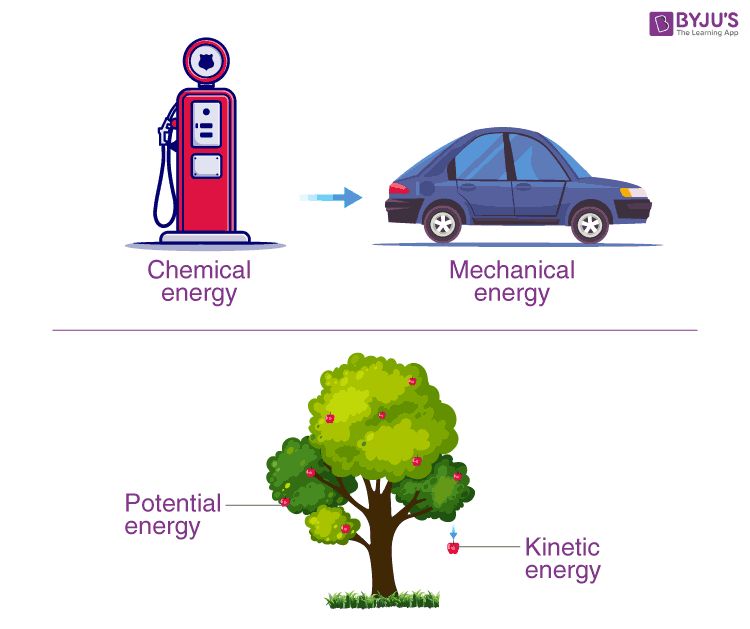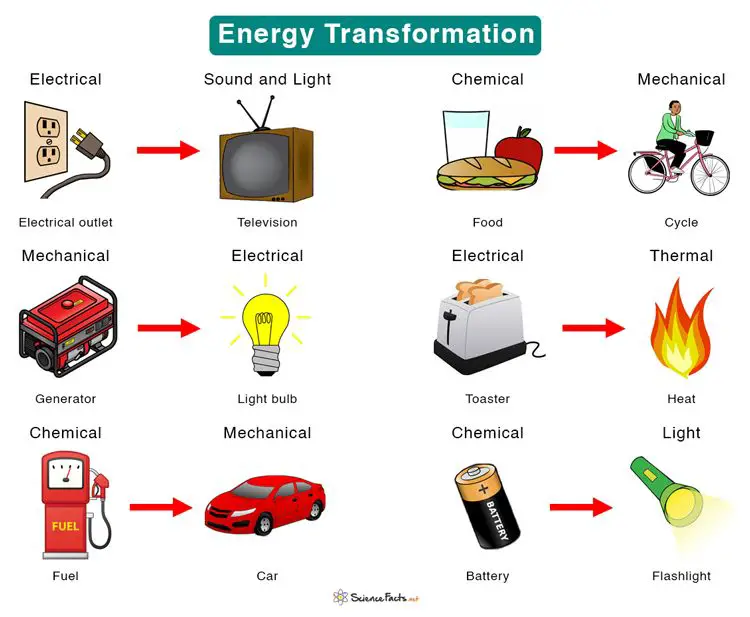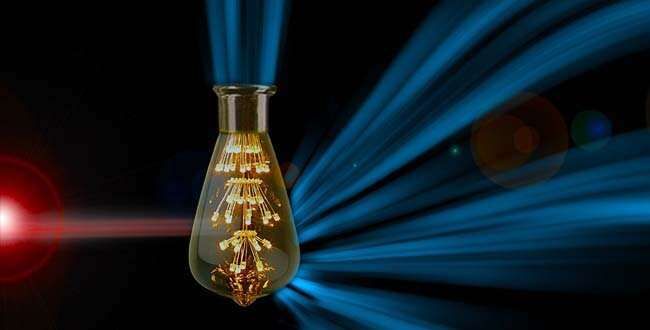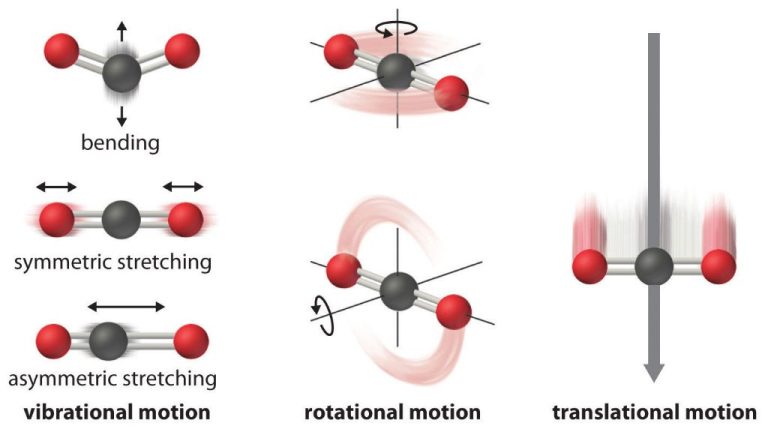What Is The Movement Of Current Called?
Electric current is defined as the flow or movement of electrons or electric charge carriers in a conductor such as a metal wire or cable. Simply put, it refers to the rate at which electric charges flow in a conductive path. Electricity itself is a phenomenon that results from the movement of electric charges and is an essential part of our everyday lives, allowing us to power homes, offices, cities, factories and more. Understanding current and electricity is crucial for many reasons.
Knowing the principles of electric current and factors that affect it allows engineers and technicians to design electrical systems and equipment safely and efficiently. By measuring and manipulating current flow, a wide range of appliances, devices and industrial machines can be powered. Knowledge of current fundamentals has enabled innovators over decades to harness electricity to benefit humankind through electric power, telecommunications, electronics and more.
Movement of Electric Charge
Electric current refers to the flow of electric charge. Atoms contain positively charged protons and negatively charged electrons. Materials can gain or lose electrons, resulting in an excess or shortage of electrons that gives them an overall negative or positive charge. These charged particles are called ions.
Conductive materials like metals contain free electrons that can move from one atom to another. When voltage is applied across a conductor, it creates an electric field that exerts force on the free electrons, causing them to move. This orderly movement of electric charges is what we call electric current.
Electric current actually refers to the flow of negative charges, since in metals it is the electrons that move. However, conventional current is defined in terms of positive charge flow for historical reasons. So while in reality electrons are moving in one direction, we consider conventional current flow to be in the opposite direction – the direction that positive charges would move.
Overall, electric current involves charges in motion. It is created by an electric potential difference that causes negative electrons or positive charges to flow through a conducting medium like a wire. The direction of electron flow is opposite to conventional current flow based on positive charges.
Measuring Current
Current is measured in units called amperes, represented by the symbol A. An ammeter is a device used to measure the electric current in a circuit. Current can also be measured in terms of the amount of electric charge transferred over time. The amount of charge is measured in coulombs (C), named after French physicist Charles-Augustin de Coulomb.
Although current is the rate of flow of charge, the charges themselves (electrons) move very slowly through the wire, a rate called the drift velocity. Even when current is high, the drift velocity of electrons is still very slow, on the order of a millimeter per second.
To measure current, an ammeter is connected in series in the circuit. A voltage source provides energy to move charges around the circuit. As charges flow through the ammeter, the ammeter can display the current in amps. Clamp meters are another type of ammeter that can measure current without needing to connect directly in series.
Ohm’s Law
Ohm’s law is the fundamental relationship that describes the interaction between voltage, current, and resistance in electrical circuits. It states that the current (I) flowing through a conductor is directly proportional to the voltage (V) applied and inversely proportional to the resistance (R). Mathematically, this can be written as:
V = I x R
Where:
- V is the voltage measured in volts (V)
- I is the current measured in amperes (A)
- R is the resistance measured in ohms (Ω)
Factors Affecting Current
Several key factors determine the amount of current that flows in a circuit. These factors affect how easily (or not) electrons can move through the circuit.
Voltage
Voltage, also called electric potential difference, is the “push” that moves electrons through a conductive path. The higher the voltage, the stronger this push, and the larger the current flowing through the circuit. Voltage comes from the power source in a circuit.
Resistance
Resistance acts to limit current in a circuit. Higher resistance makes it more difficult for current to flow. Lower resistance allows current to flow more easily. Resistance is a property of materials and depends on factors like their composition and temperature.
Temperature
The temperature of conductors and resistors in a circuit can also affect current. Most metals have higher resistance at higher temperatures. This means current will be reduced at higher temperatures in metal wires and components. Semiconductors like transistors behave differently – their resistance gets lower as they heat up.
Direct Current vs Alternating Current
Direct current (DC) flows in one direction only. The current remains steady over time. DC power typically comes from batteries or solar panels.
Alternating current (AC) flows back and forth in a circuit. The current changes direction at a regular rate. In the U.S. power grid, AC changes direction 60 times per second. AC power allows electricity to be transmitted over long distances more efficiently than DC.
The key differences between DC and AC include:
- DC flows in one direction, AC alternates direction
- DC voltage is relatively constant, AC voltage rises and falls
- DC is produced by batteries and solar cells, AC is produced by generators and turbines
- AC can be easily stepped up or down in voltage with a transformer
- AC is used to transmit and distribute power over long distances
In summary, AC current allows efficient transmission over long distances, while DC current flows in a single direction similar to battery power. Both AC and DC have important roles in electrical systems.
Hazards of Electric Current
Electricity can be extremely dangerous and deadly if mishandled. Contact with exposed wires or other live electrical equipment can result in electric shock, burns, and even cardiac arrest. The severity depends on factors like the amount of current, path it takes through the body, and length of exposure.
Common hazards include:
- Electrocution from faulty appliances and exposed wires
- Electric shock drowning in pools with electrical equipment
- Lightning strikes during storms
Safety precautions when working with electricity include:
- Wearing rubber gloves and boots
- Keeping electrical devices away from water
- Having GFCIs and circuit breakers
- Staying indoors during lightning storms
- Getting a safety inspection when buying a home
Education about electrical hazards and following safety procedures can help prevent injuries and fatalities.
Applications
Electric current is used ubiquitously in modern-day technologies and devices. Some key applications of current flow include:
Electronics: Current flowing through integrated circuits, transistors, and diodes enables the functioning of all electronic devices like computers, smartphones, TVs, and more. Current supplies power for the components and also signals for communication between components.
Electromagnets: By applying current through a wire looped around an iron core, an electromagnetic field gets generated. This principle enables all electric motors, generators, transformers, railway electrification, medical equipment like MRI machines, etc
Medicine: Electric current allows stimulating tissues for treatment of pain, muscle strengthening, etc. Low electric currents are also used for measurement of many body functions, like ECG for heart activity, EEG for brain waves, EMG for muscle response.
History
Our fundamental understanding of electrical current comes from the pioneering work of several scientists in the late 18th and early 19th centuries.
The Italian physicist Alessandro Volta invented the first true battery, known as the Voltaic Pile, in 1800.
This discovery enabled a controlled source of electric current for further experiments and discoveries.
The German physicist Georg Ohm quantified the relationship between the current through a conductor, its resistance, and the voltage applied across it. His mathematical formula is now known as Ohm’s Law and forms the basis for analyzing electrical circuits.
The French physicist André-Marie Ampère made extensive studies of electromagnetism in the 1820s, giving us the Ampere unit for measuring electric current. He discovered that wires carrying electric current exert force on each other, which was key to conceiving electromechanical devices.
These pioneers built the foundation of our understanding about electric current that engineers and scientists
continue to build upon today with wider applications and innovations in electrical technology.
Conclusion
Electric current, or the flow of electric charge, is a phenomenon that powers many key functions in our modern world. In this content we explored what electric current is, how to measure it, the mathematical relationship between current, voltage and resistance described in Ohm’s law, factors like temperature that affect current flow, the differences between direct and alternating currents, potential hazards of electric currents, and some important applications that rely on electric current.
Understanding the basics of electric current is fundamental to utilizing electricity safely and effectively across many domains. Whether designing circuits, avoiding electrical hazards in the home and workplace, or comprehending how devices function, having knowledge of currents, voltage, resistance, and other related concepts empowers both experts and laypeople to make the most of this essential energy source.
As our world becomes increasingly electrified and dependent on electronics and electricity, gaining literacy in electric current Principles becomes crucial for full participation in society. We encourage readers to use this content as a jumping-off point for further learning and discovery related to harnessing electric charge for human benefit.







